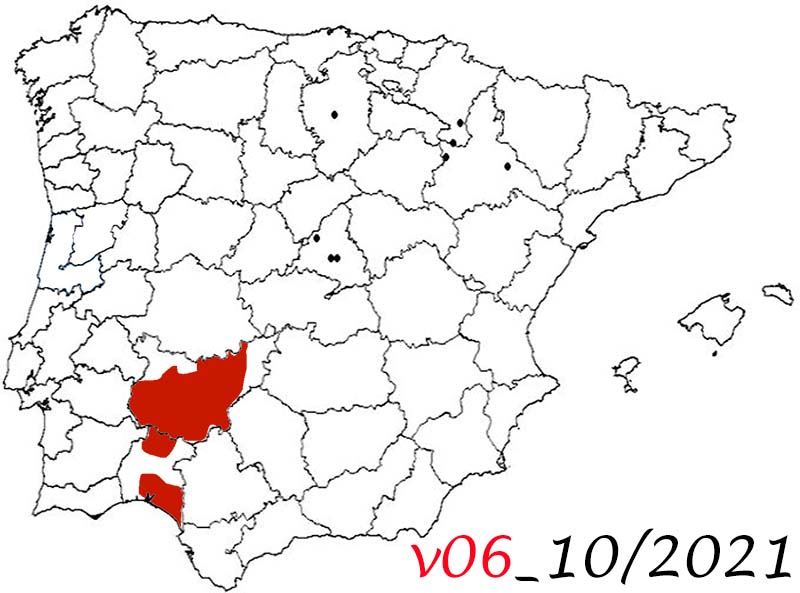


6. Travel through the Southwest of Spaina
6. Travel through the Southwest of Spain
October 15 to 18, 2021
Day 2, from Zafra to Palos de la Frontera
October 16, 2021
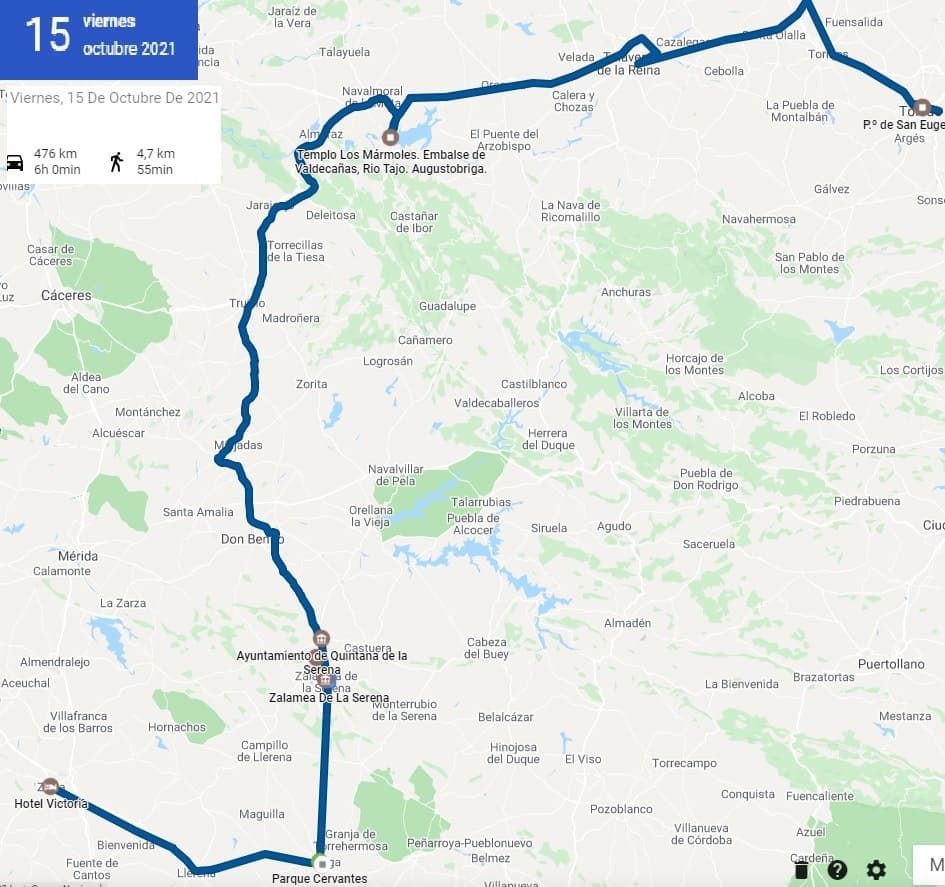
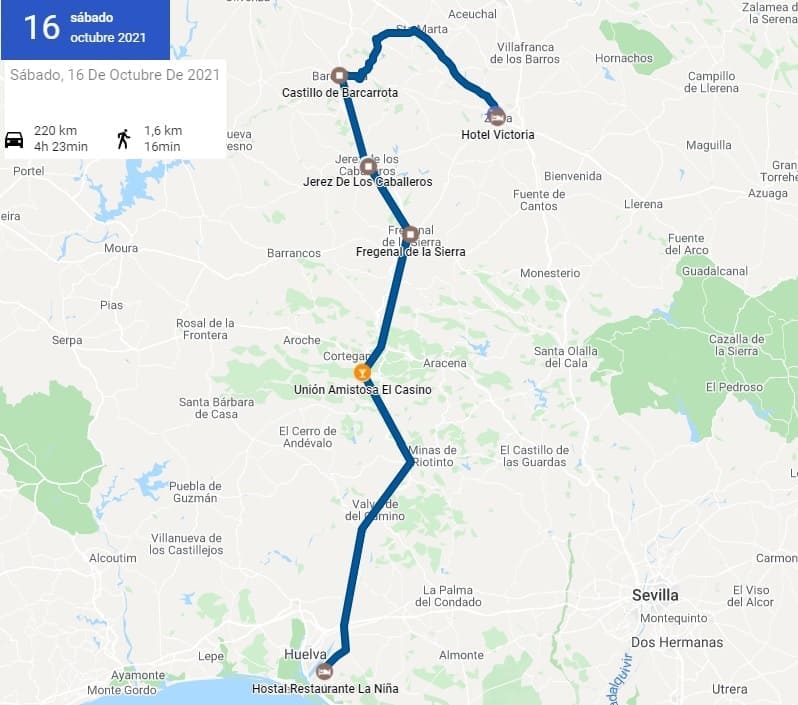


96. Zafra
96. Zafra
Zafra is one of the largest and most populated cities in the province of Badajoz. Formerly it was the connection point of the market of the whole area. Here the ranchers and farmers brought their vegetables and animals to trade. There were two large squares, the Plaza Grande and the Plaza Chica. This square is considered one of the best medieval squares in Spain and has been used to shoot many movies.
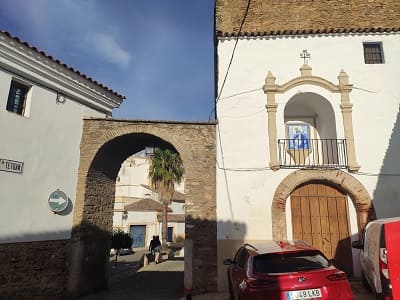
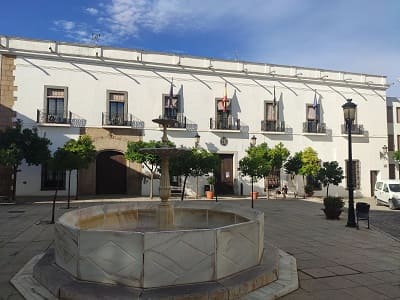 Zafra has a small historic center in which most of the buildings are white, such as the town hall. The main material used is brick, even in the arches such as the Cube arch seen in the photograph.
Zafra has a small historic center in which most of the buildings are white, such as the town hall. The main material used is brick, even in the arches such as the Cube arch seen in the photograph.
La Plaza Chica de Zafra has been the center of commerce in Zafra since its inception. It has been a market place since the 16th century, hence the origin of the curious “Vara de Medir”, which is carved on one of its columns and presides over the Plaza Chica. It distinguishes 5 marks or grimaces that correspond to the different measurements used at the time: span, fourth, foot, breaststroke and cubit. It is thought that the current location of the Measuring Rod is not the original one, since the back of the column is flat, which suggests that it could have been resting on a wall. This rod is the one seen together with the column in the lower photograph.
Plaza Chica is accessed from Plaza Grande through what is known as the “Arquillo del Bread”, so called because there was a bakery there. In this arch we can find a niche dedicated to the Virgen de la Esperancita, where there is a replica of the old polychrome wooden figure in a small Baroque altarpiece with the figures of Santo Domingo and San Francisco de Asís. The original image of the Virgen de la Esperancita is preserved in the Church of La Candelaria. In the following images, the Plaza de España in Zafra, one of the largest and most modern that has a large park, and details of the Plaza Grande and the Plaza Chica, as well as the famous yardstick.
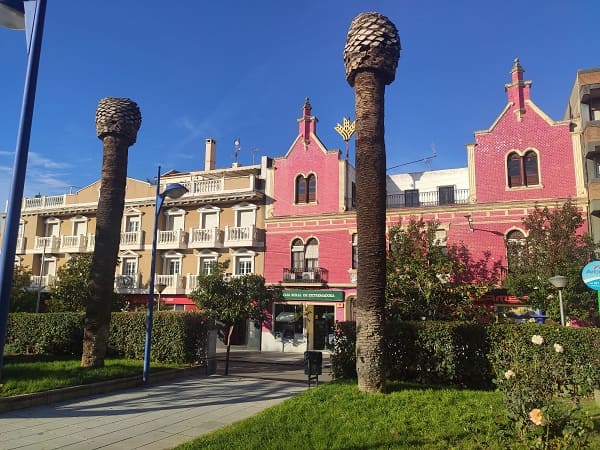
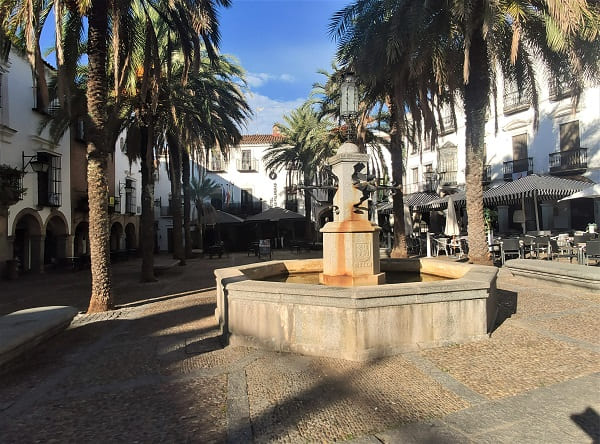
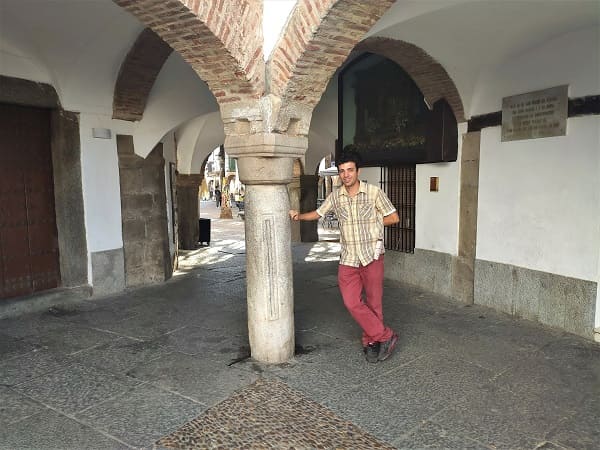
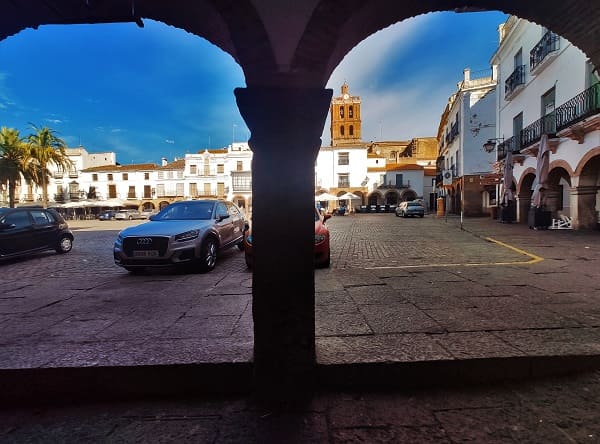
In addition, nobles with the title of fair dukes dominated the entire area and the palace of these dukes is located in it, today it is a national hostel that can be seen in the first image. The Palace of the Dukes of Feria de Zafra was built on a castle from the early fifteenth century. It has 9 towers and has noble details of the time such as coffered ceiling and furniture.
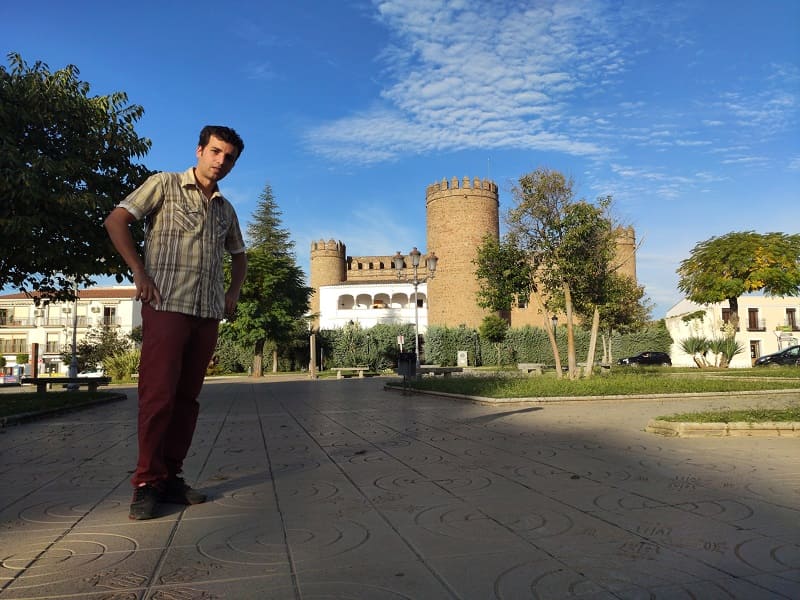
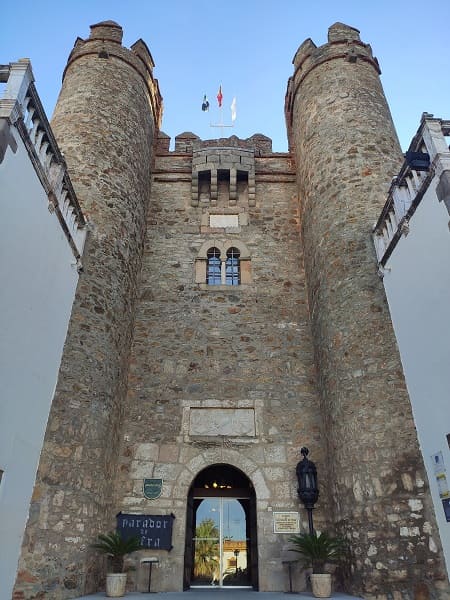
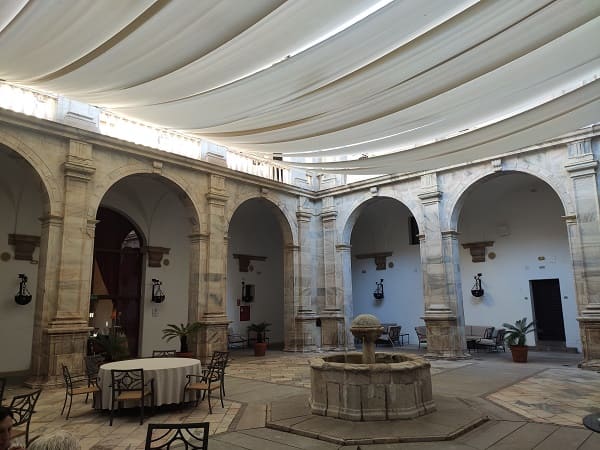
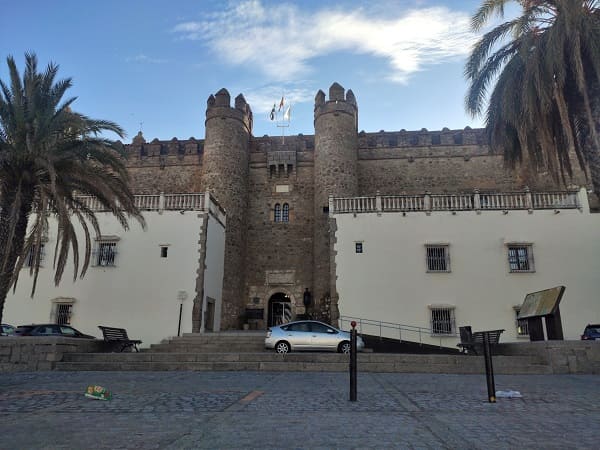
One of the most important religious buildings is the church of La Candelaria, where the remains of the Dukes of Feria rest. This church would be built on an earlier one in the mid-16th century. The interior is Gothic in style and has several Renaissance and Baroque style altarpieces. The main altar is Baroque and is one of the largest and most valuable in the province. The church would be a collegiate church at the beginning of the 17th century. It has numerous sculptures and paintings inside.
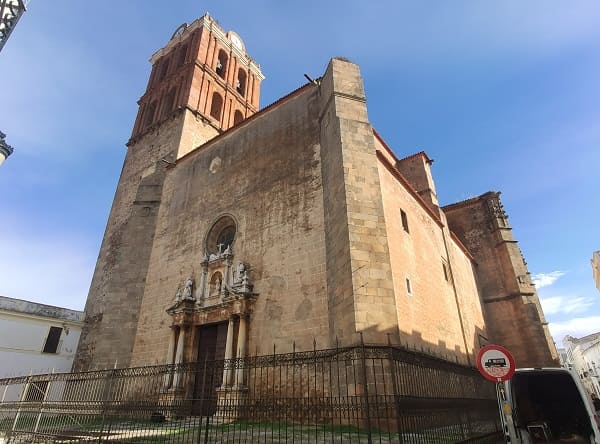
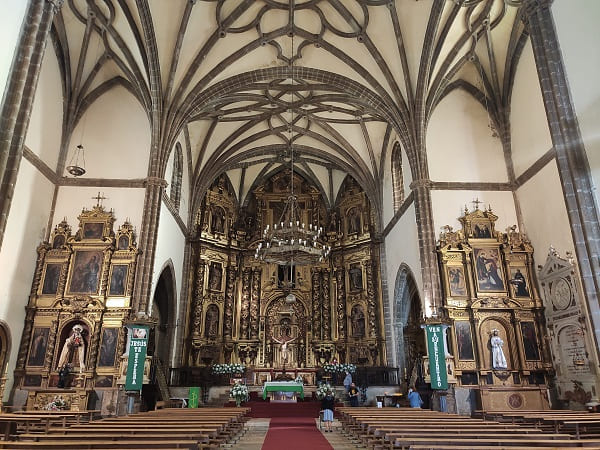
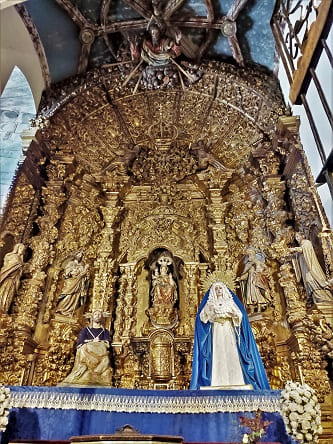
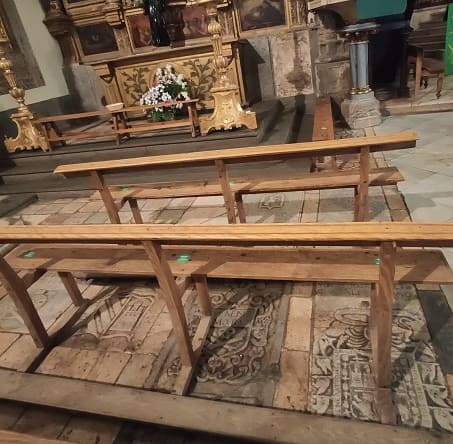
The other most important religious building apart from the collegiate church is the convent of Santa Clara or monastery of Santa María del Valle.
It has a 15th century Mudejar style church. It has the first tomb of the Dukes of Feria made in alabaster that is shown in the photograph. Also an ancient relic.
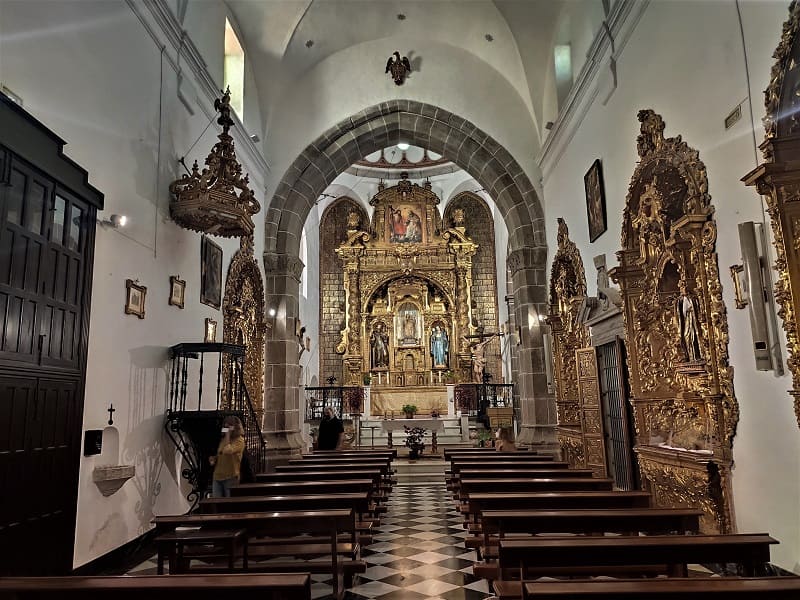
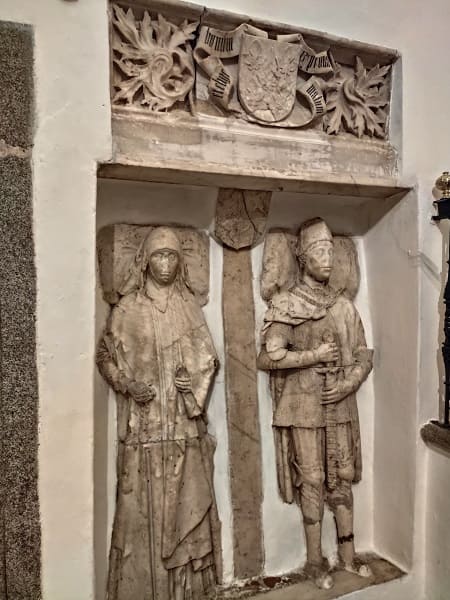
The other great part to see is the Santa Clara museum, which houses religious objects from all over the city, including bishops' costumes, monstrances and other objects. In addition, the nuns of the place make sweets and pastries.
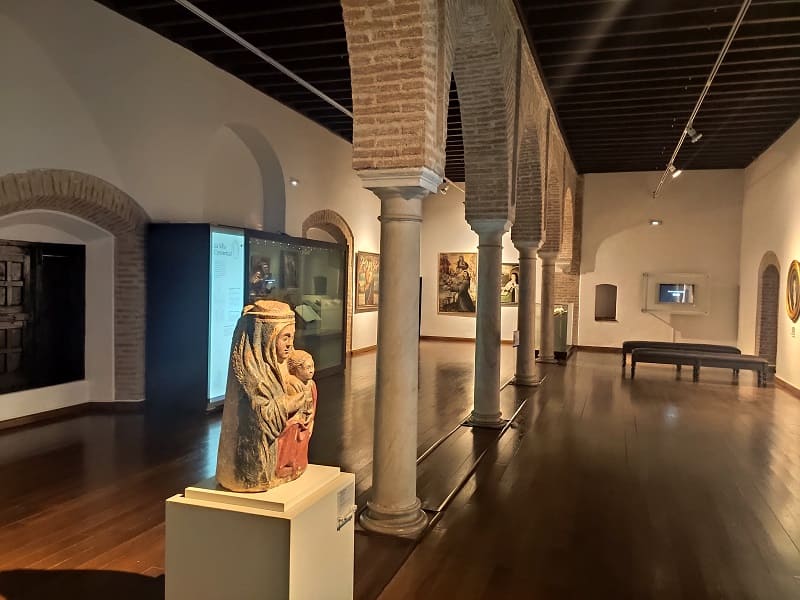
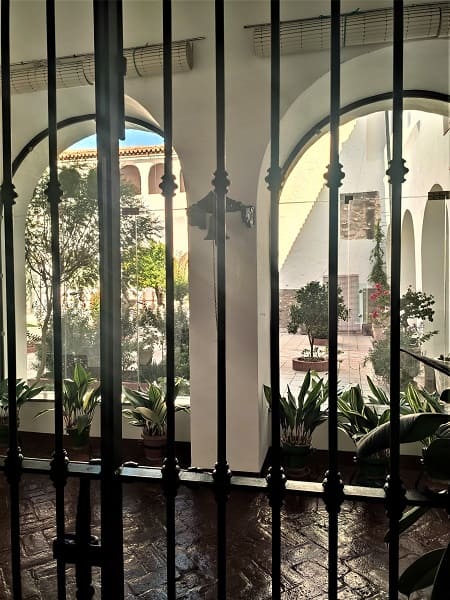

97. Barcarrota
97. Barcarrota
Later I would continue my trip towards the south but after looking at the map I saw a town that perhaps could be visited. This town is
Barcarrota, which has a very pretty square. The town is one of the men that contributed the most to the conquest of the New World, whose best-known conqueror is Hernando de Soto, who conquered Florida.
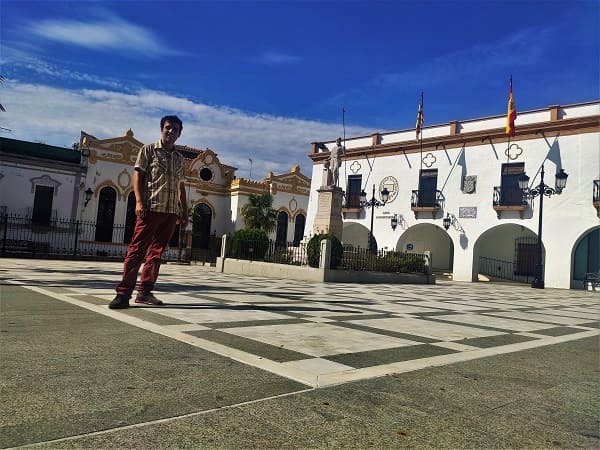
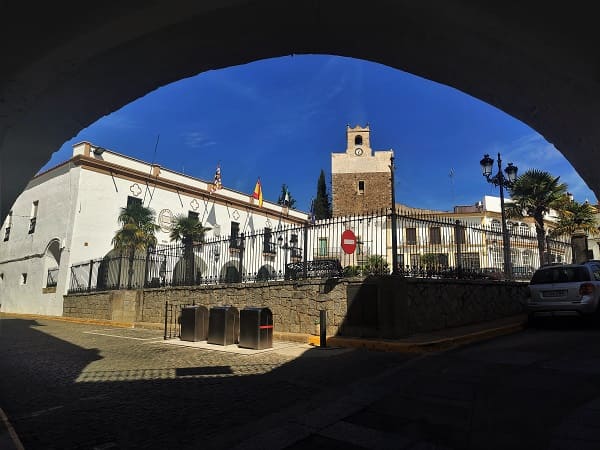
The most unique building in the town is
the castle of the seven towers, inside which they built the town's bullring like any other town in this province that he would later visit. It dates from the 14th century and was owned by the Order of Alcantara. Its interior is now occupied by the town's bullring. The castle wall and the enclosure is made up of houses that took advantage of its wall, with which the square is integrated into the center of the town, going unnoticed by the visitor since it is difficult to know the entry point to see the square and the castle that is through one of the doors of the houses.
As religious buildings, the church of Santa María del Soterraño, from the 14th century in the Gothic style. This church is of great beauty inside, with Baroque-style altarpieces and Gothic ribbed vaults. The Virgin of Soterraño is a very old carving, possibly pre-Romanesque. Another of the churches is the church of Santiago, in the late Romanesque style of the 13th century. It has a baroque altarpiece and is the one shown in the following photograph.
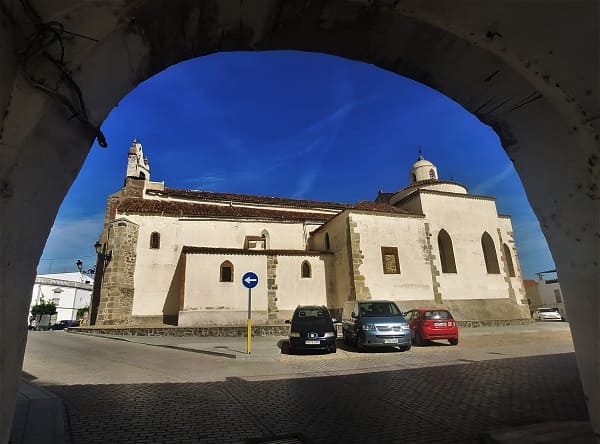
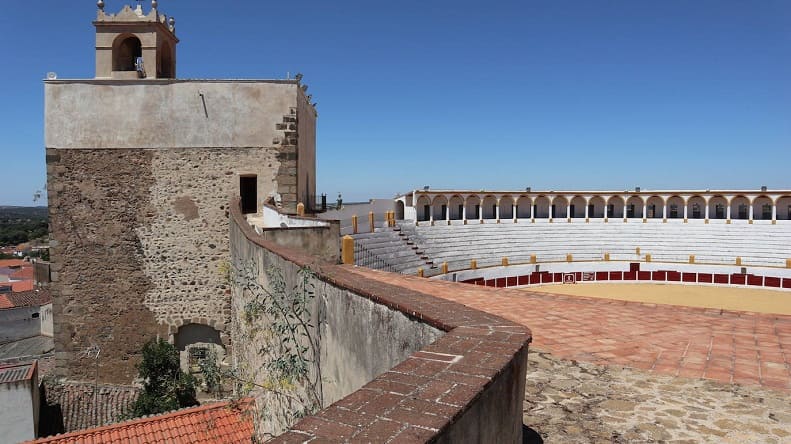
This town is also known for having several prehistoric dolmens in its territory.

98. Jerez de los Caballeros
98. Jerez de los Caballeros
Continuing my trip to the south, I will visit one of the most beautiful towns in Spain and the most important from medieval times,
Jerez de los Caballeros. Jerez de los Caballeros has a rich heritage that testifies to monuments of different styles such as Mudejar, Gothic or Baroque. For all these reasons, it was declared a Historic-Artistic Site in 1966. Jerez is known as the city of five towers, due to its set of baroque towers, built with brick, plaster and glazed clay.
This city was also the headquarters of the Knights Templar and this is attested by some remains of their towers on the walls. From the top you can have a nice panoramic view of the whole town.
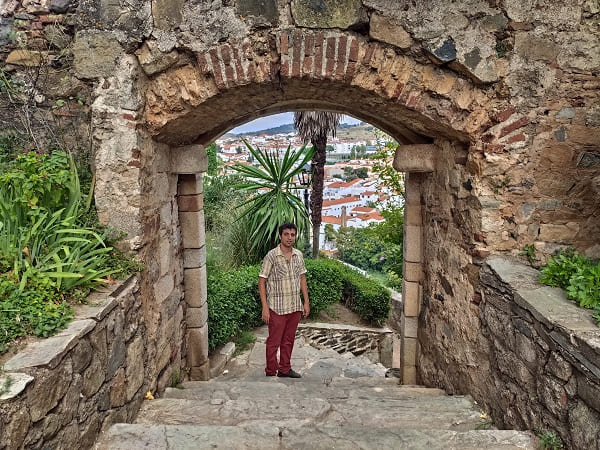
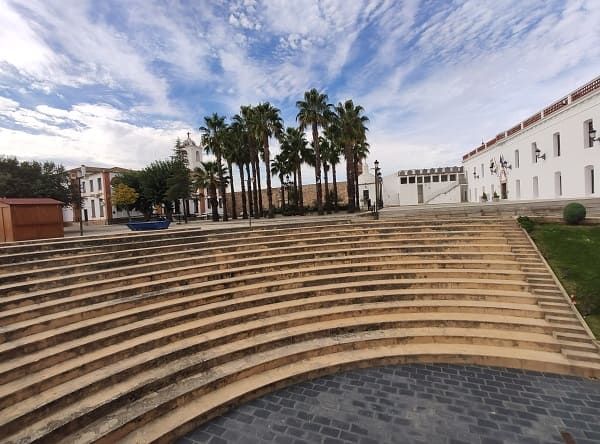
It has preserved the entire medieval wall from the 13th century and the beautiful towers in the sky stand out. Of the gates of the wall, only two of the six that it had remain, one is shown in the image. It preserves pieces
of the Templar castle that was built on top of a Muslim citadel of which there are still towers and small vestiges.
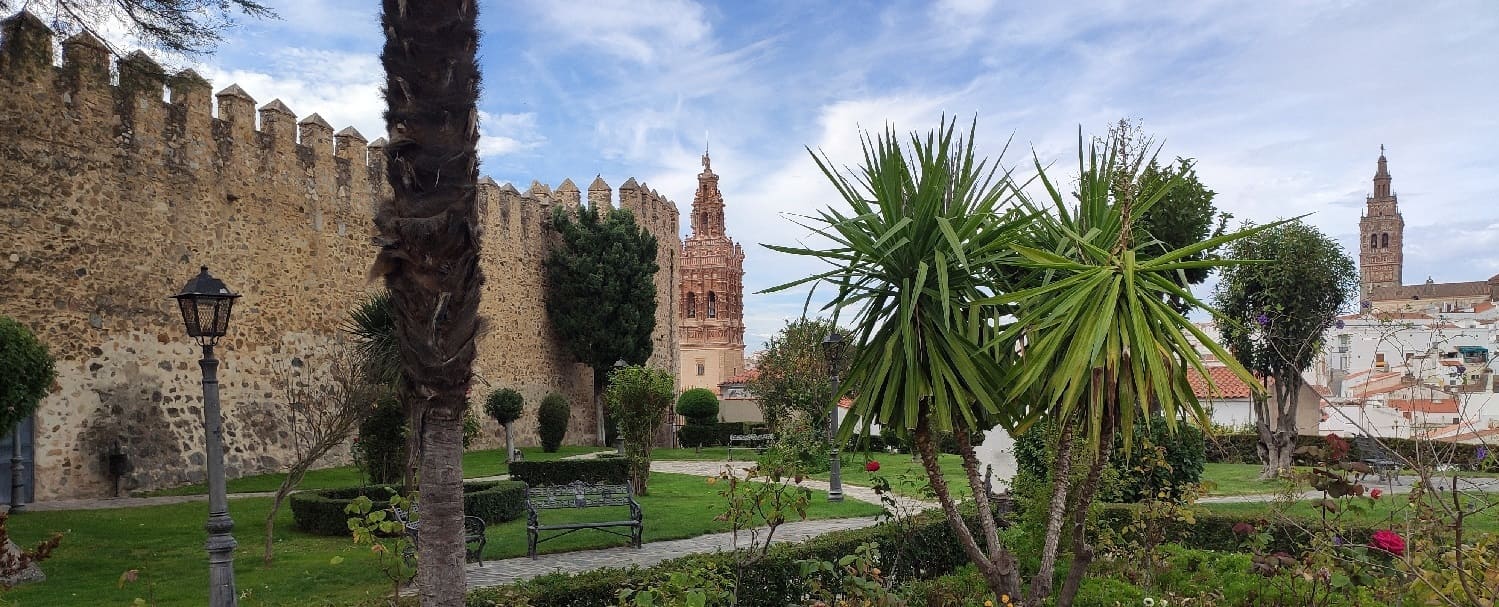
Just as other cities in Extremadura are the cradle of conquerors of the Americas such as Medellín or Trujillo, Jerez has Nuñez de Balboa as a conqueror. There is a museum house on it.
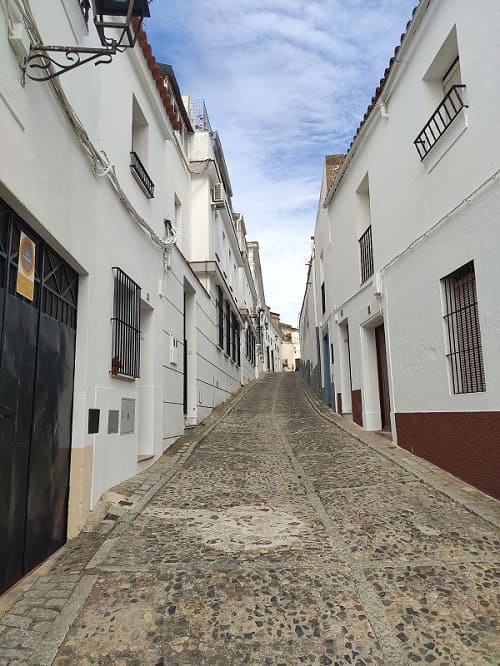
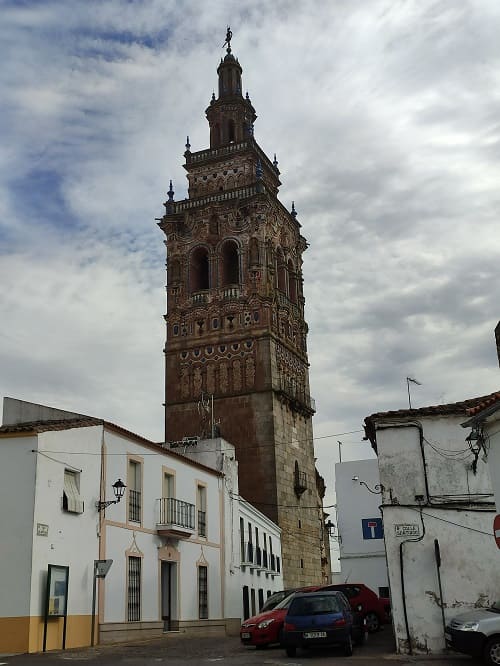
The churches decorated with tiles or colored bricks that give it a very modern appearance for that time and an unmistakable trace within all Spanish towns. The most characteristic that can be seen in the image is the
church of San Bartolome, from the 15th century. The tower is very similar to that of the Giralda in Seville, decorated with brick, plaster and colored ceramics.
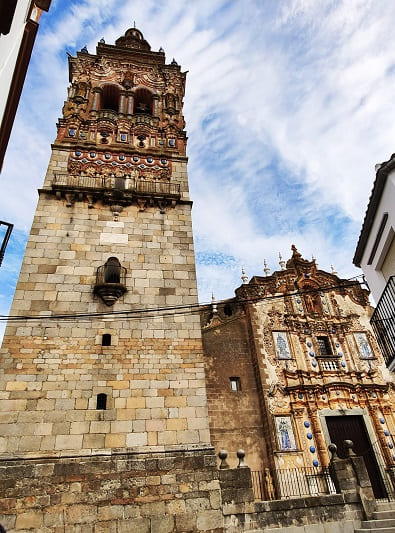
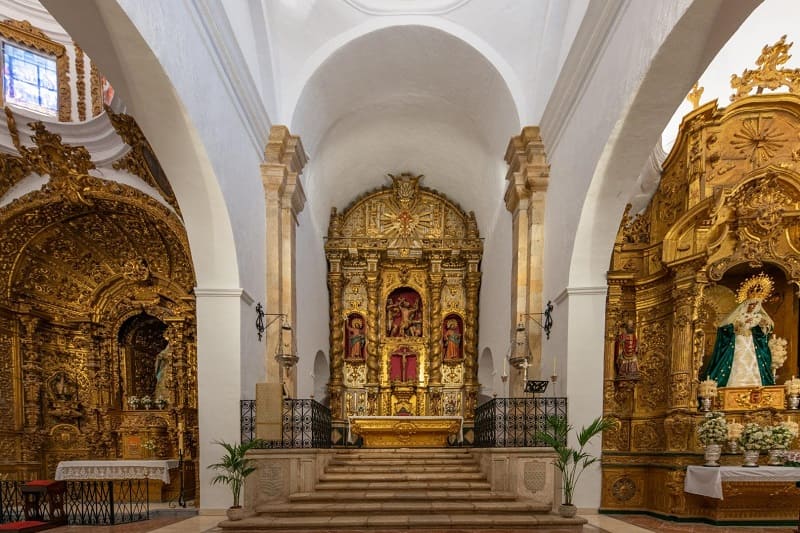
Another of the churches is
the church of San Miguel Arcangel, from the 15th century, which would be rebuilt in the 18th century due to the Lisbon earthquake. It is mostly baroque in style with some remaining traces of the Gothic style.
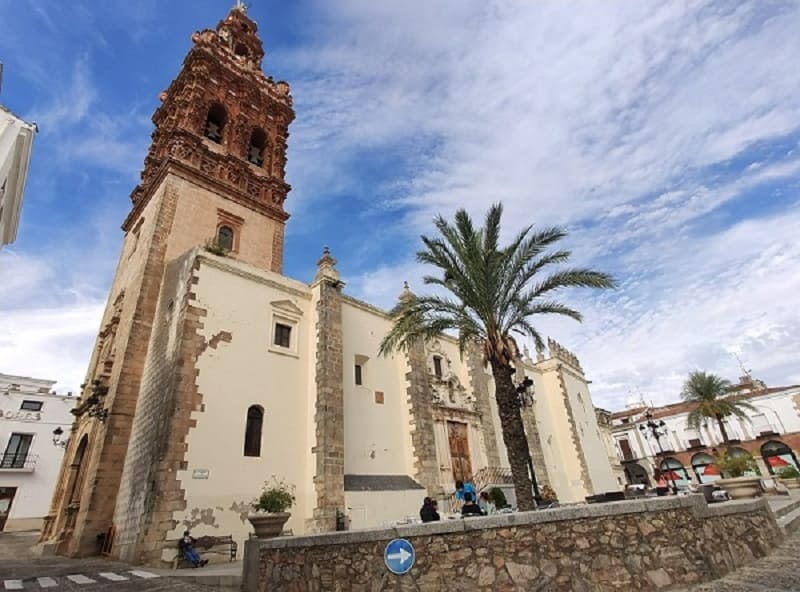
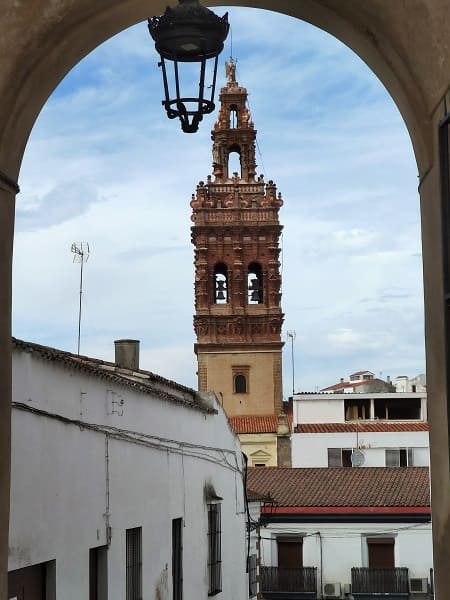
Lastly, the oldest and largest church is
the church of Santa María de la encarnación. This church was built on the old mosque. Of this it preserves part of the mihrab. It would be started at the beginning of the 16th century in the Gothic style. The interior is in the Renaissance style and the tower is in the Mudejar style. The seven chapels and altarpieces are in the Baroque and Renaissance style. The choir from the 18th century stands out, being a church so important that it could have the rank of co-cathedral.
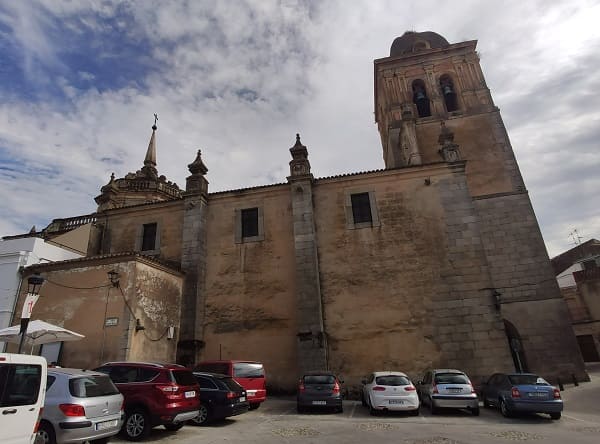
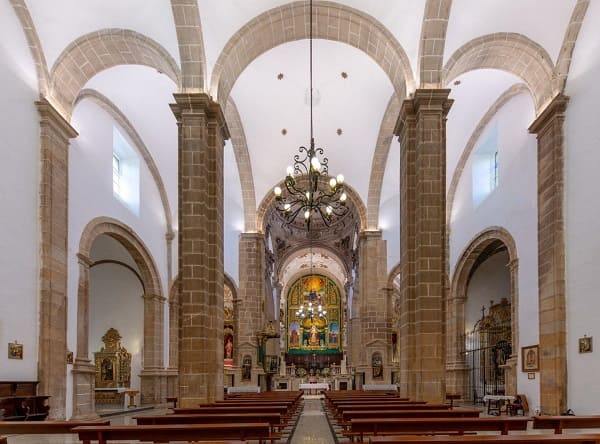
In addition to these churches, there is that of Santa Catalina, which despite being old, does not stand out as much as the others. It is baroque and neoclassical style.
Finally, it should be noted that it has five convents standing such as
the convent of San Agustín,
the convent of Nuestra Señora de la Consolación,
the convent of the Mother of God (now a high school),
the convent of Aguasantas (special education school) and
the convent of Gracia (now a four-star hotel) , there are two other disappeared such as that of the Trinity and that of Our Lady of Light.


99. Fregenal de la Sierra
99. Fregenal de la Sierra
Once the excursion is over, I will travel south and arrive at
Fregenal de la Sierra, one of the most beautiful towns in Badajoz, in which its bullring stands out inside the town's fortress, where Connecting with this castle is the main church, Santa María, which has a valuable Baroque altarpiece as well as several paintings. Park near the Fontanilla fountain, from the 16th century and with greater historical and aesthetic importance than can be seen in the image. This church is attached to the fortress castle of Templar origin. It would be remodeled in the 18th century, which is when the main altarpiece would be built.
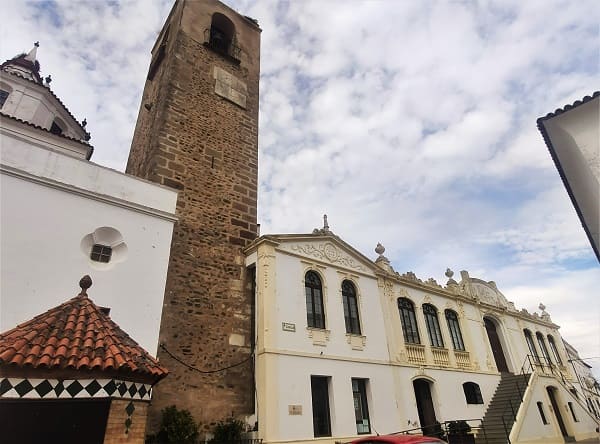
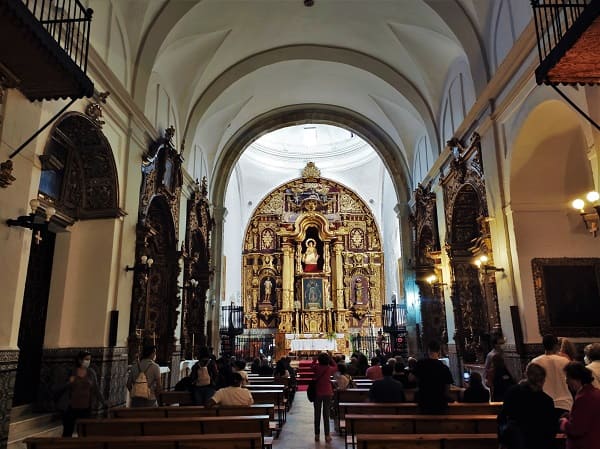 The castle-fortress of Fregenal
The castle-fortress of Fregenal was entrusted to the Knights Templar in the 13th century, the date on which the first documented references to the building appear. The enclosure has seven towers, of which the Tribute Tower stands out, on which a bell tower with a clock was built in the 18th century. The Torre del Polvorín, the second in order of importance, has a clock under the balconies of the church bell tower. The building is accessed through a doorway with a pointed arch, built in masonry, and on it there is a shield attributed to the Templars and a machicolation. Inside the fortress is the Plaza de Toros, built in the final years of the 18th century, and the Mercado de Abastos, from the beginning of the 20th century and attached to it the church of Santa María and the Parochial House.
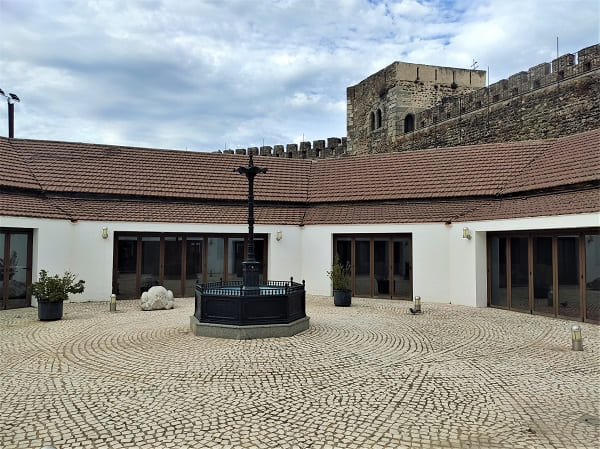
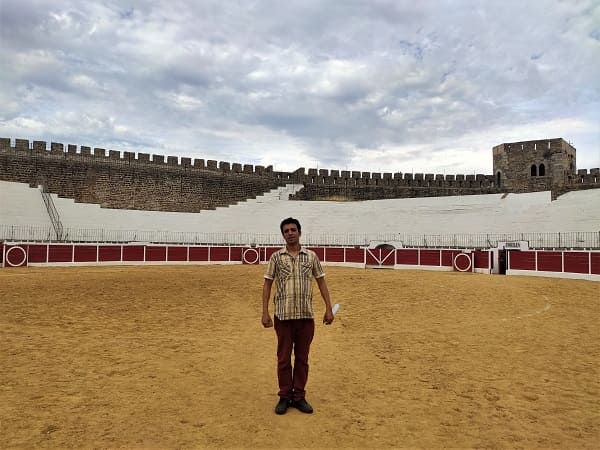
Visiting the rest of the town, I would go to the church of San Ildefonso, which was inside the convent of the order. This church has been recently restored, which would witness the explanation of these works by a guide from the town hall.
The Jesuit College of San Ildefonso began in the mid-17th century. It was ordered to be built by Alonso de Paz Rodríguez, who would make a great fortune in the Americas and would give a large part for its construction and to build a chapel to bury his descendants.
After the expulsion of this order at the end of the 18th century, it would be converted into the palace of a noble family from the region. At the end of the 20th century, it would be ceded to a religious congregation that, due to its state of ruin, would sell it to the town hall. The church would remain in this state until the year 2022 when I visit the town.
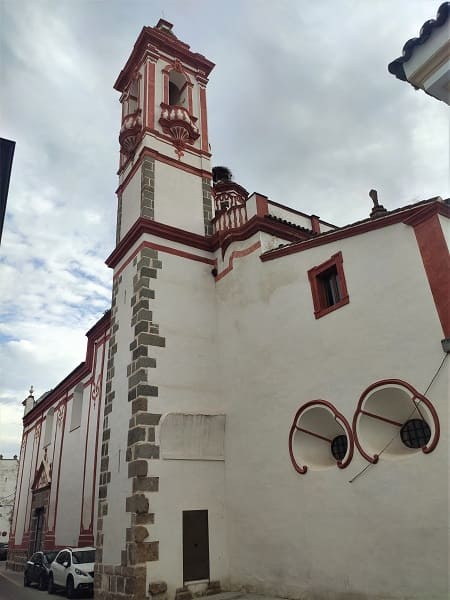
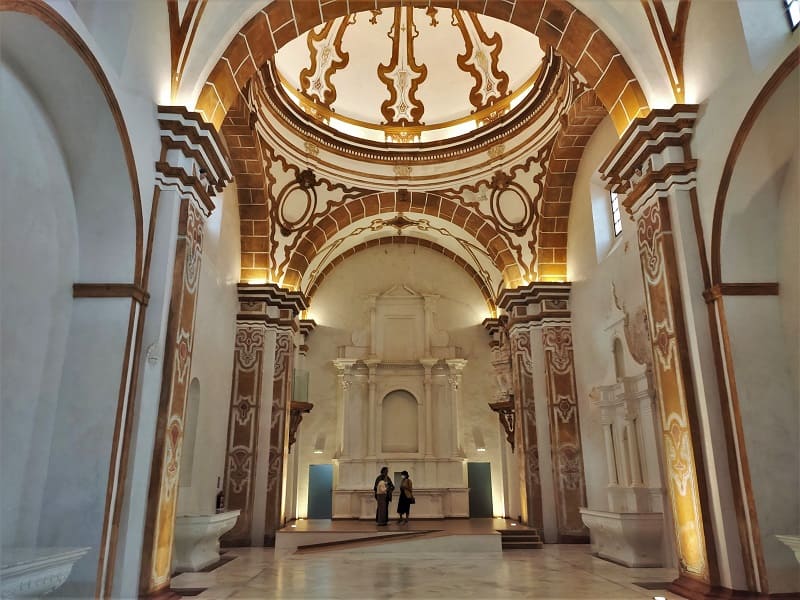
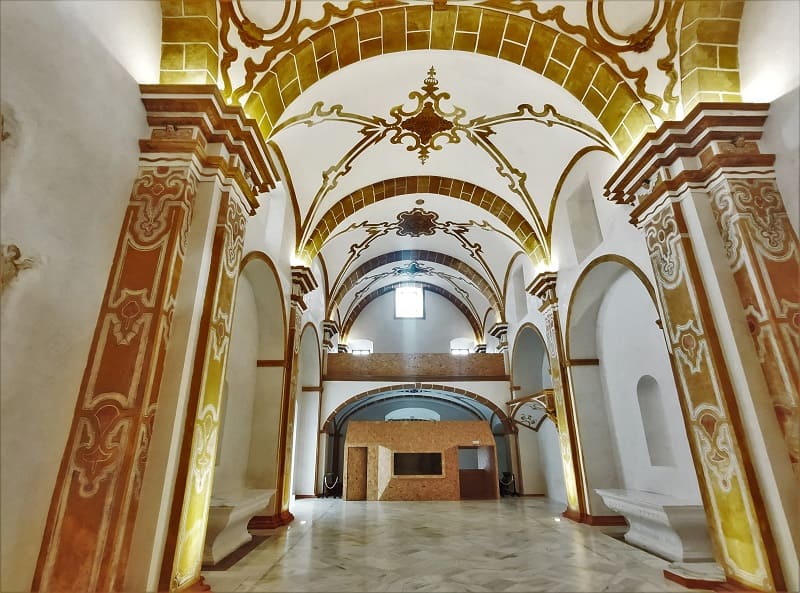
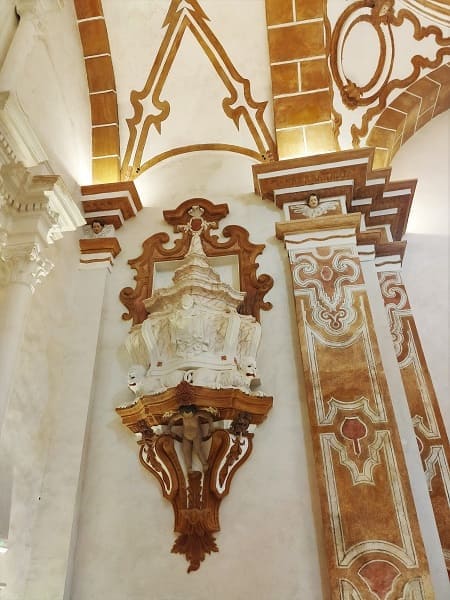
The church of Santa Ana is the most important religious temple. It was built in the 16th century. The plan is in late Gothic style, and the interior is in Renaissance and Plateresque style, of which the altarpiece stands out, designed in the form of a triptych that tells scenes of the Virgin and Jesus Christ. It contains another 6 smaller altarpieces, of which the one of the Birth of Jesus with carvings on it is very valuable.
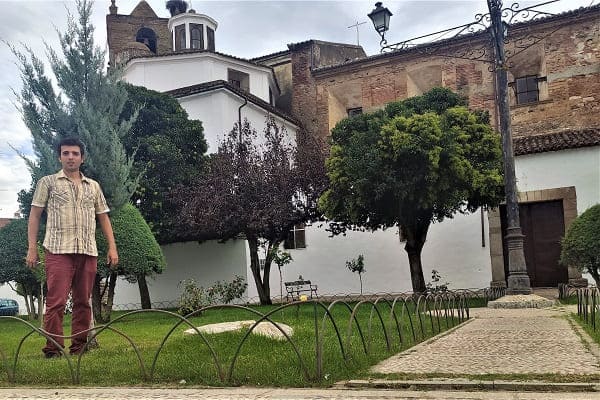
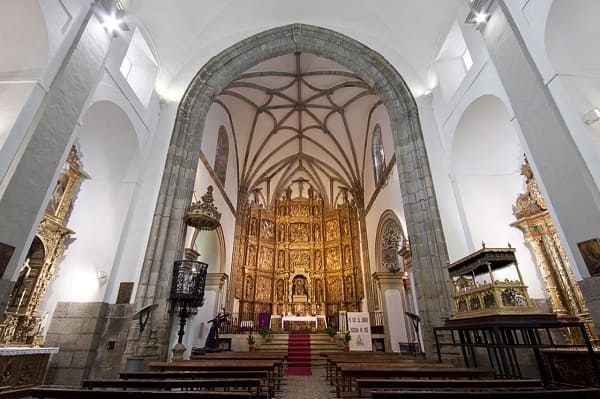
Lastly as religious buildings is
the convent of San Francisco also from the 16th century. It would be working until the confiscation of the Liberal triennium at the beginning of the 19th century, from which it would have different uses for the city. At the beginning of the 21st century it would be restored to value it as the city's heritage.
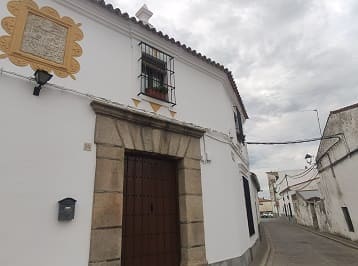
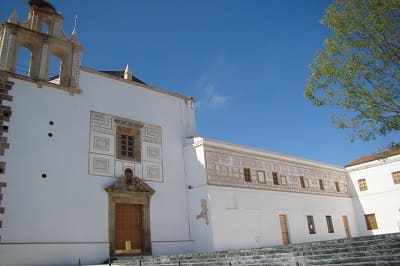
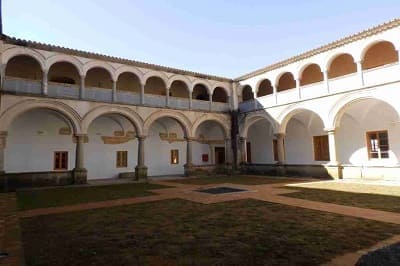
It also has a street where we find several palaces with quite a neoclassical air of the nobles of that time. Such as
the Peche family manor house, the palace of the Marquise of Ferrera, the palace of the Counts of Torrepilares and the palace of the Marquises of Rioacabado.
The original architecture of the ancestral home of the Peche Family belongs to the 18th century, although its decoration and the aesthetics of the patio belong to the first decades of the 20th century, the date on which the Neo-Mudéjar style (specifically the Neonazari) it was fashionable. The double access entrance stands out from the main façade, with which the architect intends to create a curious optical effect. With the double entrance it is possible to transmit spaciousness and grandeur.
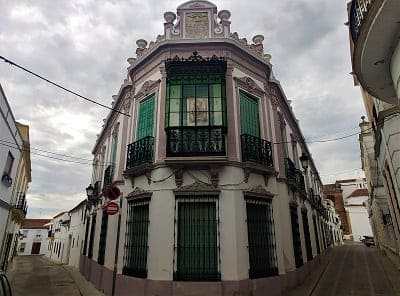
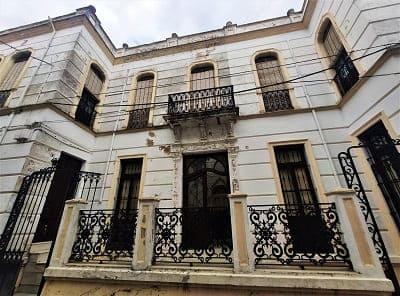
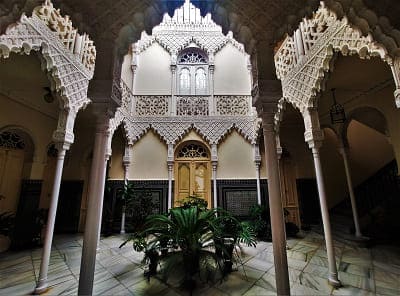


100. Almonaster la Real
100. Almonaster la Real
Continuing along the road towards Huelva and out of the province of Badajoz, I will stop at
Almonaster la Real. This town, also with the title of most beautiful town in Spain and in Andalusia, has a jewel. A fully preserved mosque.
The first thing he would go to see would be the mosque, going up the winery route for it. It is a road that turns its back on the town because it is on the other side of the mountain that closes the town. You can enjoy from there the beautiful views of the entire field.
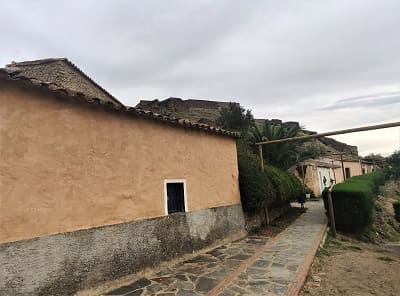
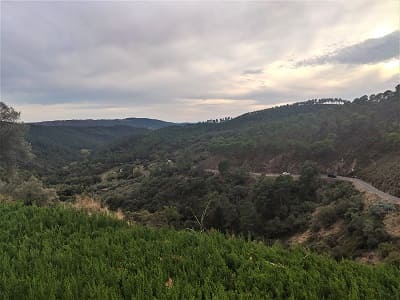 The Mosque of Almonaster
The Mosque of Almonaster is located at the top of the hill that crowns the Castle. This “old Moorish church”, a name that appears in a 1583 document preserved in the General Archive of Simancas, was erected during the reign of Abd al-Rahman III. Due to the remains reused in its construction, it is possible to think that, in Roman times, there was a monumental building that was later transformed into a Visigothic-Christian church, subsisting with a monastic character until the Muslim invasion. Numerous Roman columns and capitals from the 1st and 2nd centuries, as well as very interesting Visigothic vestiges from the 5th to the 7th centuries are mute witnesses of this reuse. Attached to the mosque is the bullring of the town, very typical of the towns that I saw.
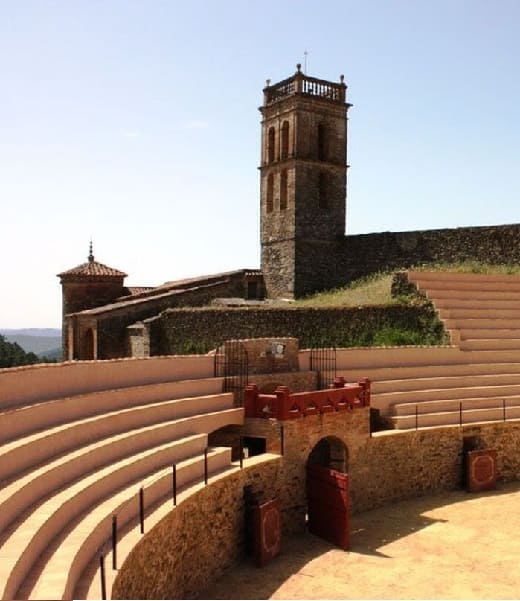
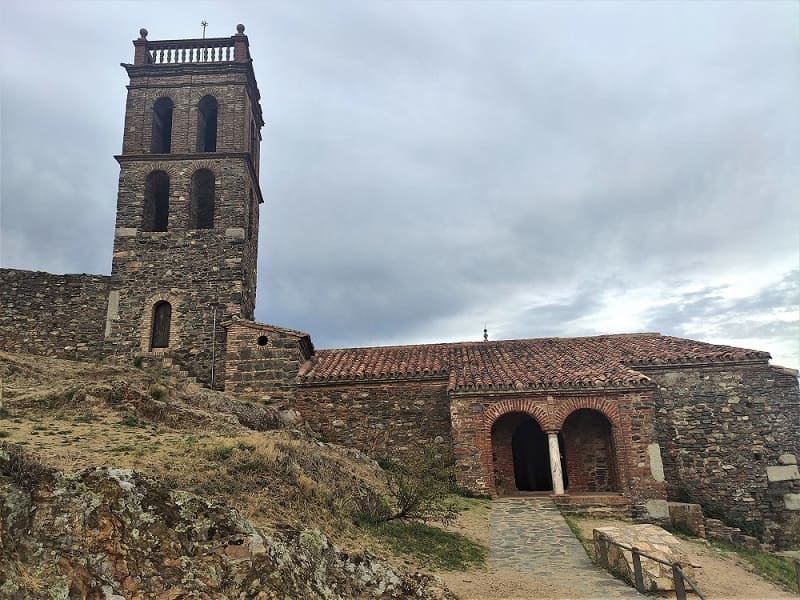
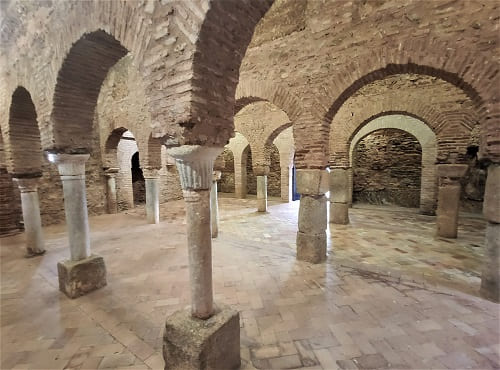

This town also has a very homogeneous architecture with white houses and cobbled streets in a similar way that makes you feel in another era. The Plaza Mayor has a very marked aesthetic that matches all the architecture of the town.
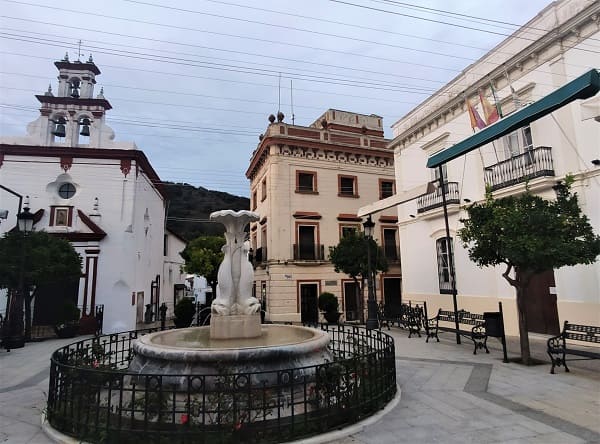
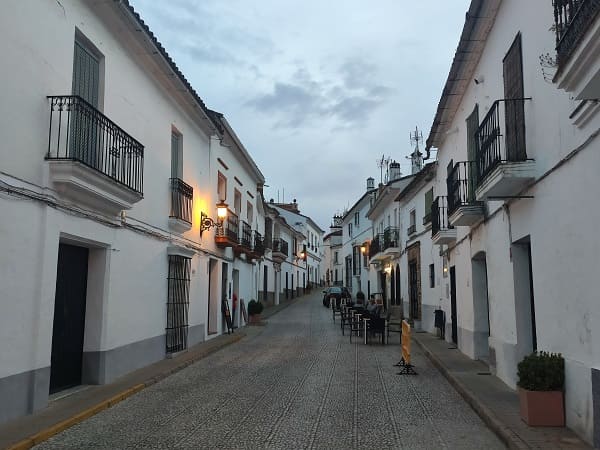 The church of San Martín
The church of San Martín, Mudejar Gothic in style with clear influences from the south, stands out due to its tower, although what shines is the mosque from which you can see the entire region.
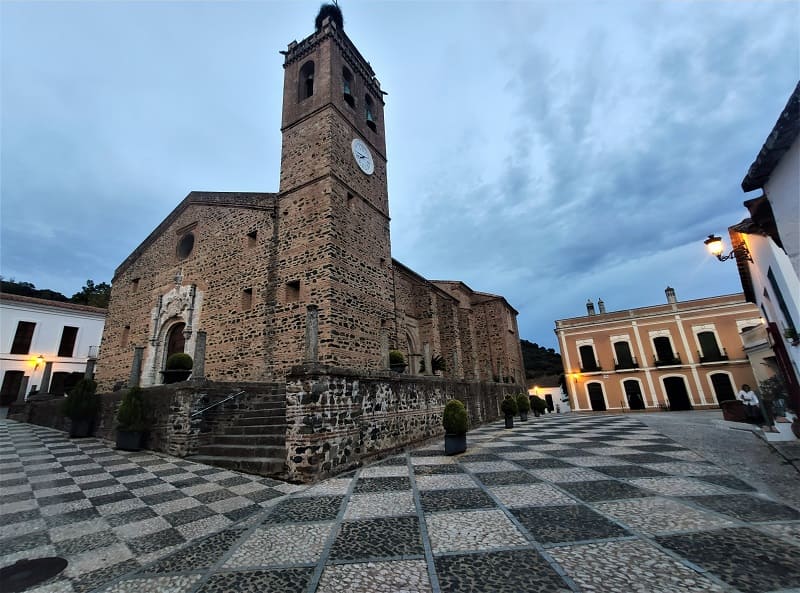
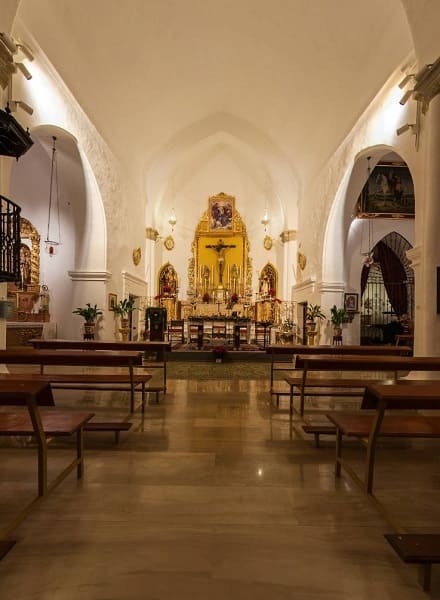
And here the night view of the city.
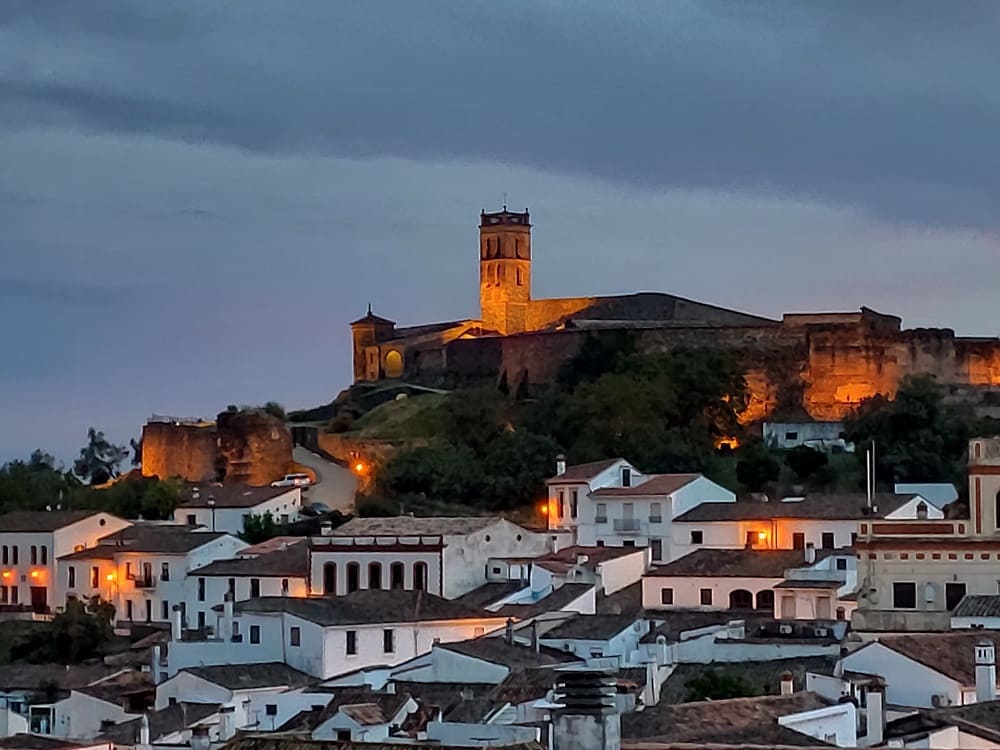
At night I would arrive at the La Niña hotel in
Palos de la Frontera.
Palace of the Dukes of Zafra, 15th century and Plaza Mayor.
5
Church of San Bartolome, 17th century and walled enclosure.
7
Castle-fortress-bullring, 13th century and Santa María church.
8
IX century mosque and bullring.
9
Day 3, walk through the towns of Huelva (CLICK to continue)
October 17, 2021
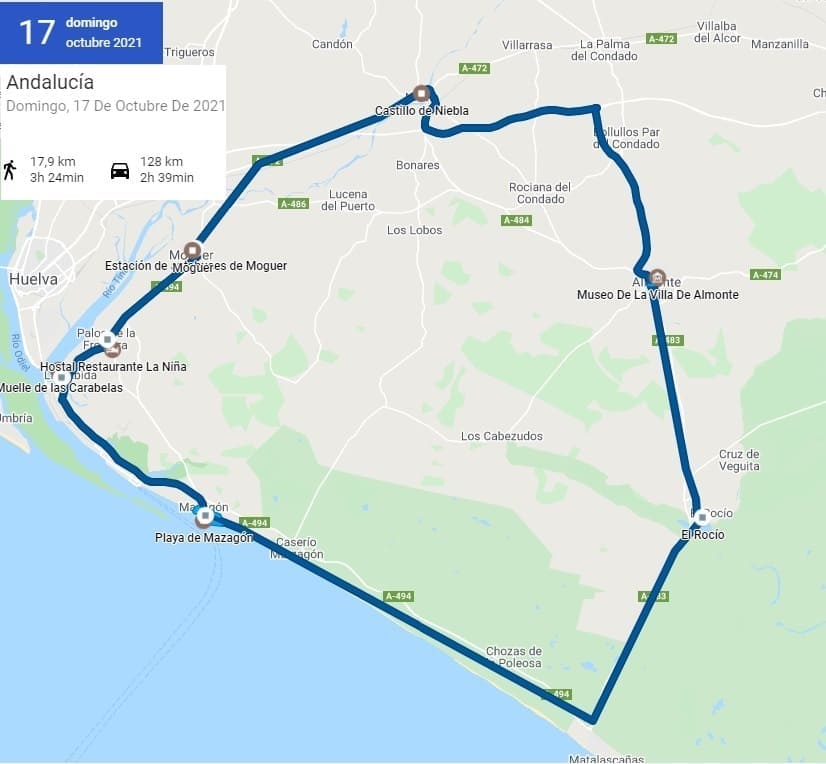








 Zafra has a small historic center in which most of the buildings are white, such as the town hall. The main material used is brick, even in the arches such as the Cube arch seen in the photograph.
Zafra has a small historic center in which most of the buildings are white, such as the town hall. The main material used is brick, even in the arches such as the Cube arch seen in the photograph.
































































